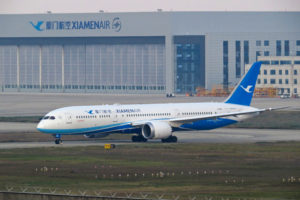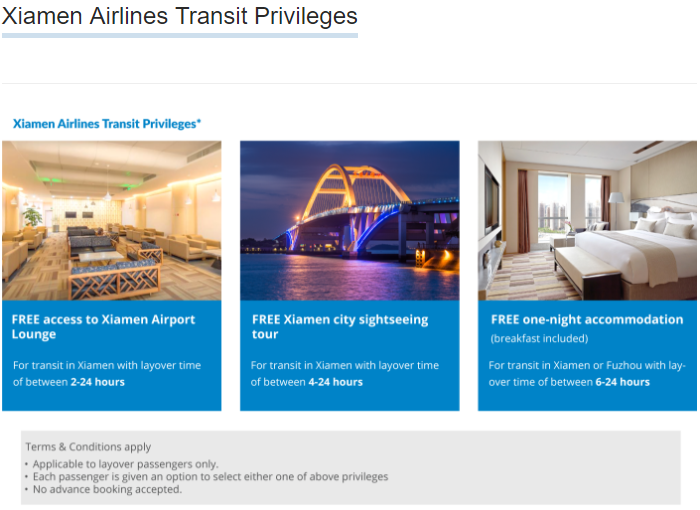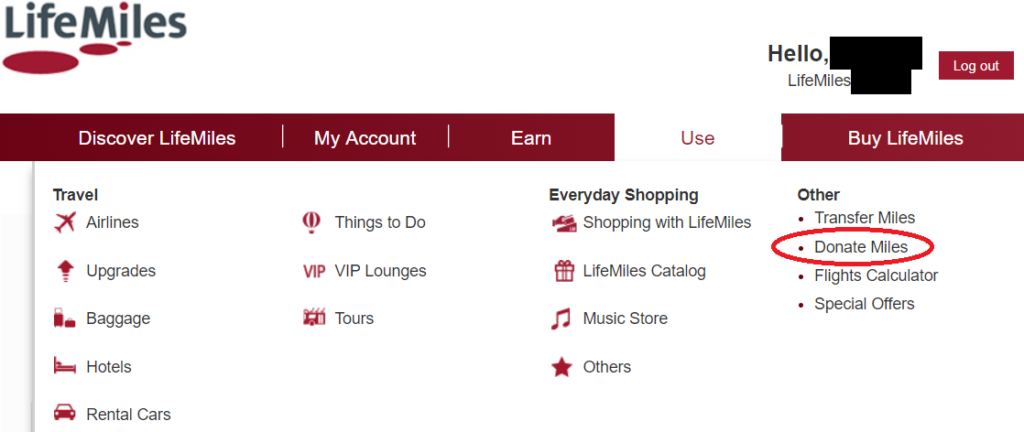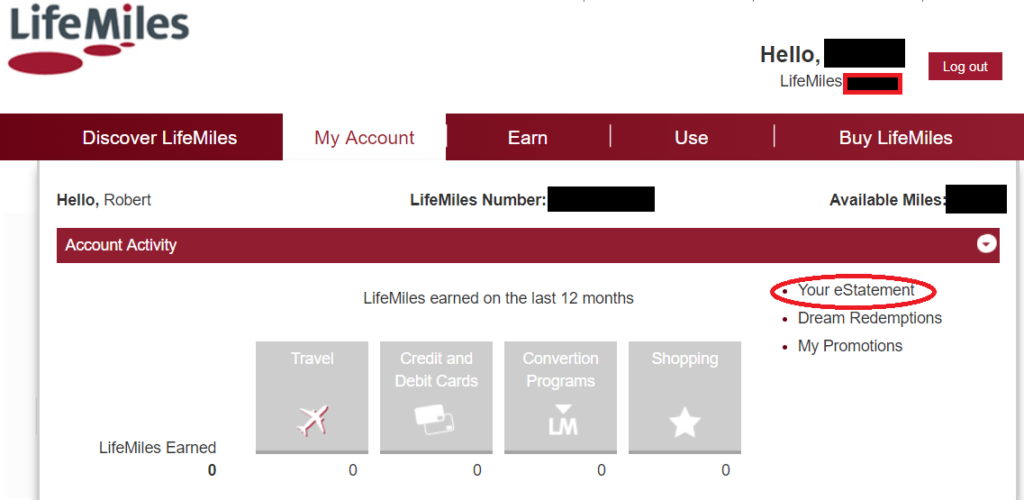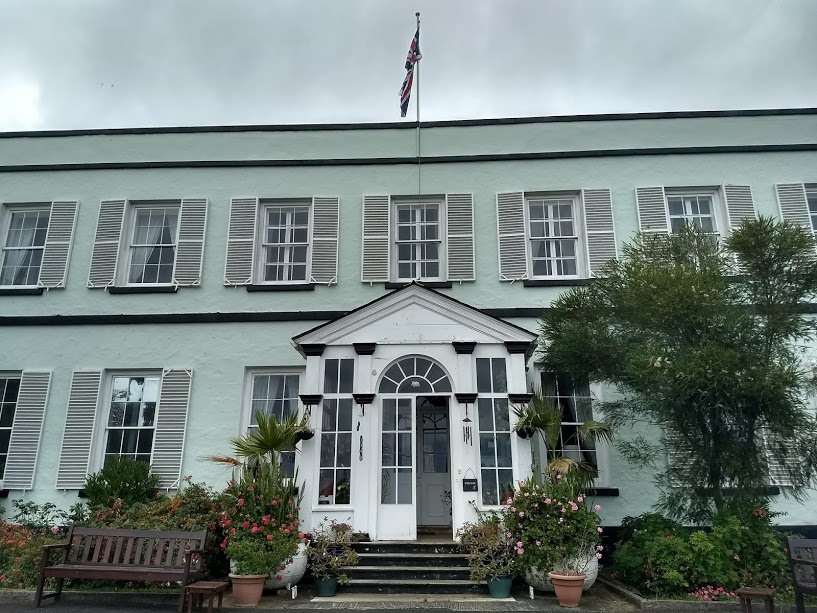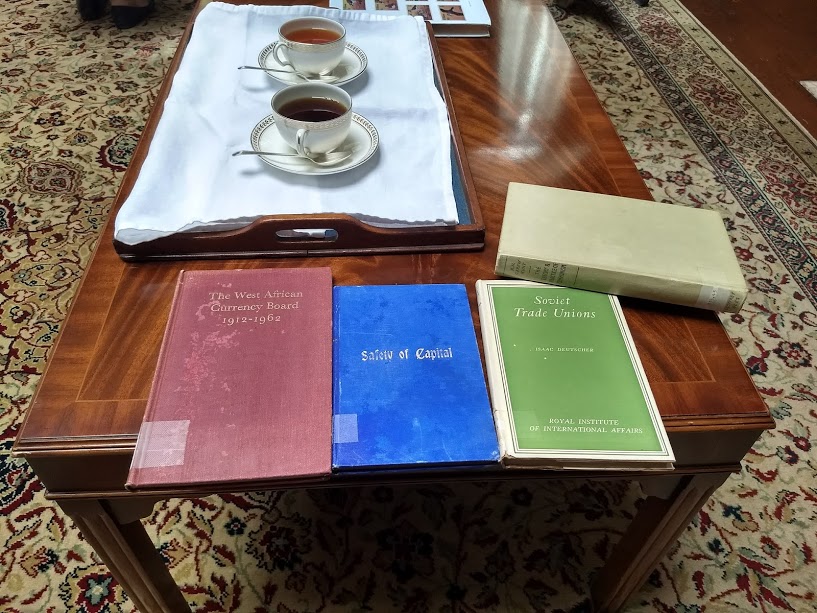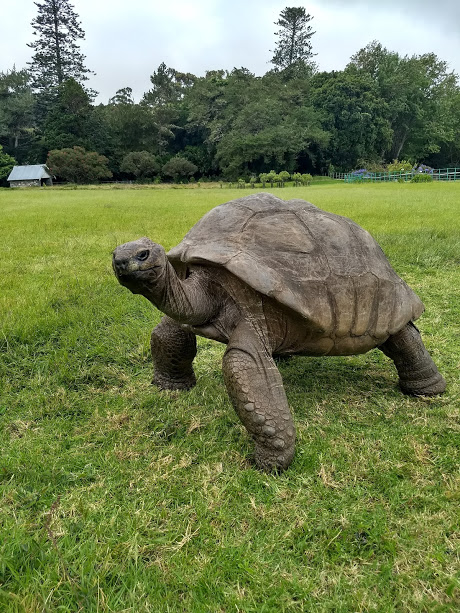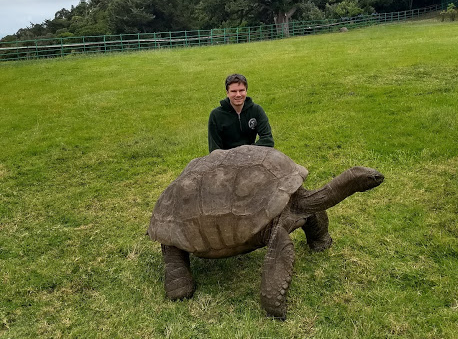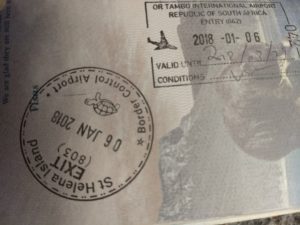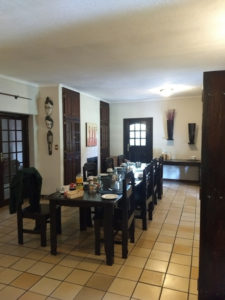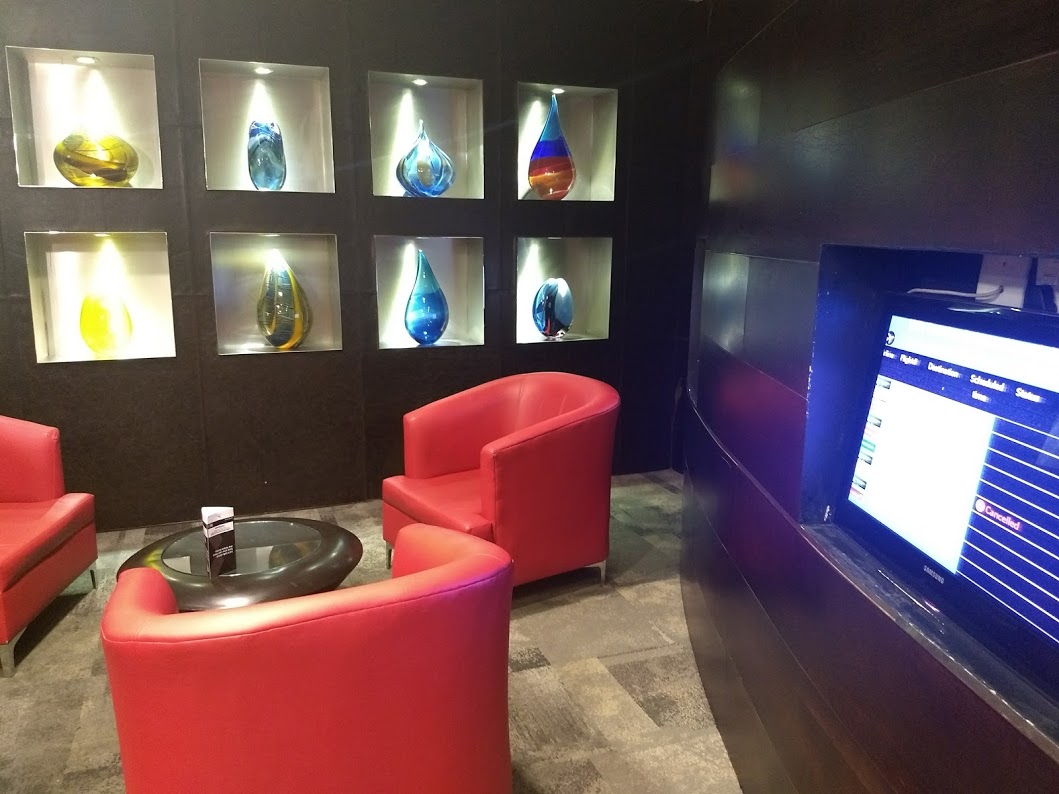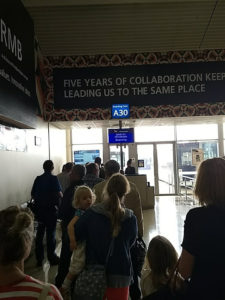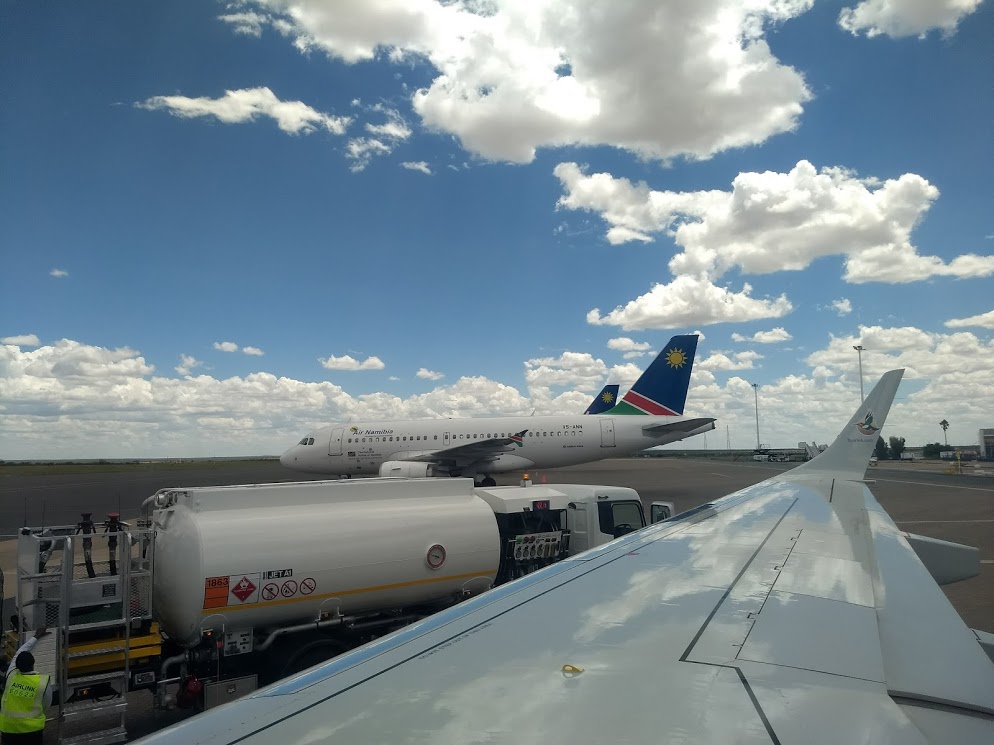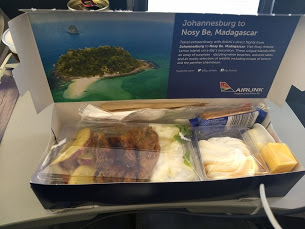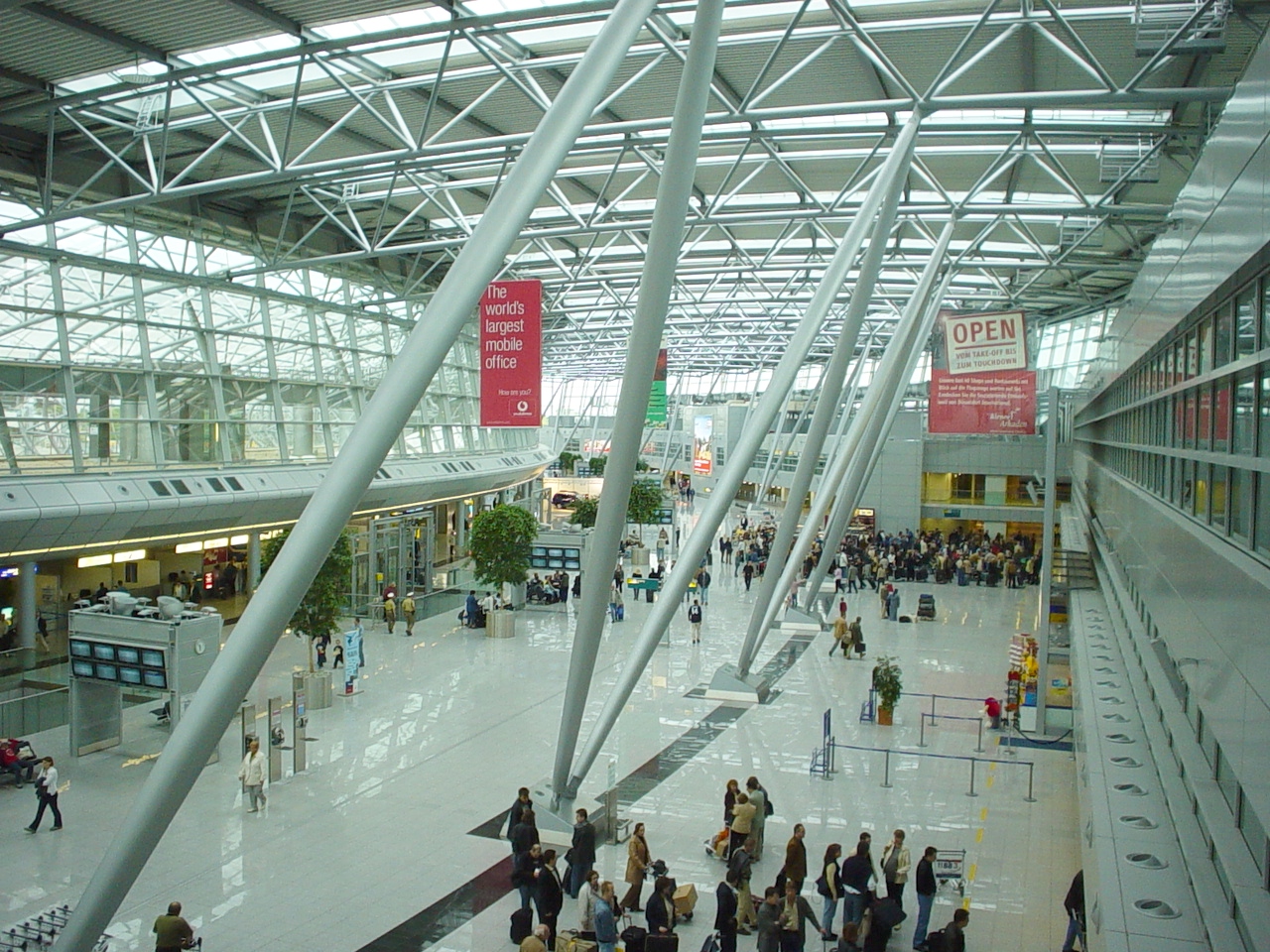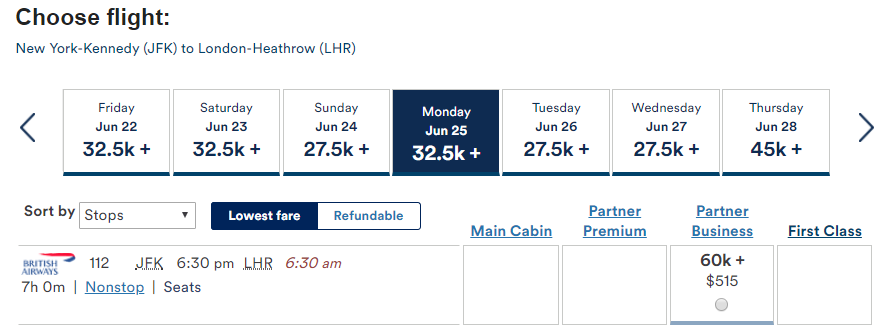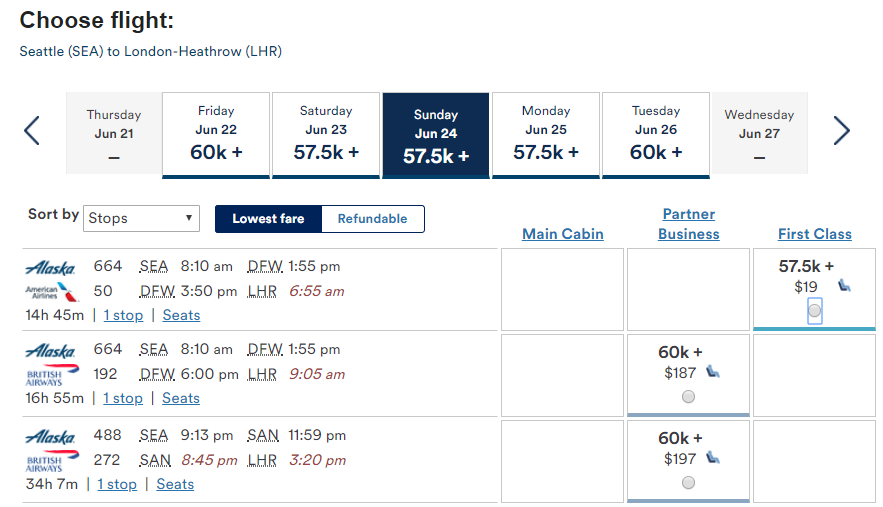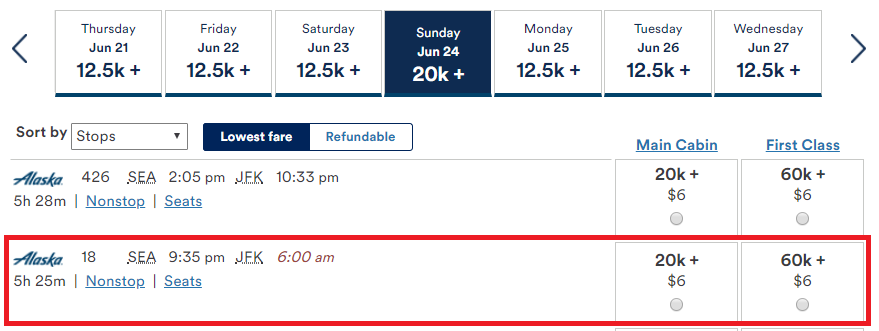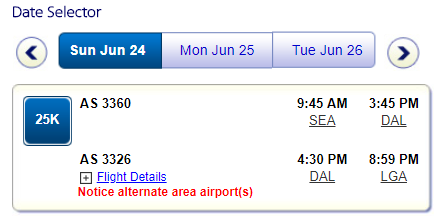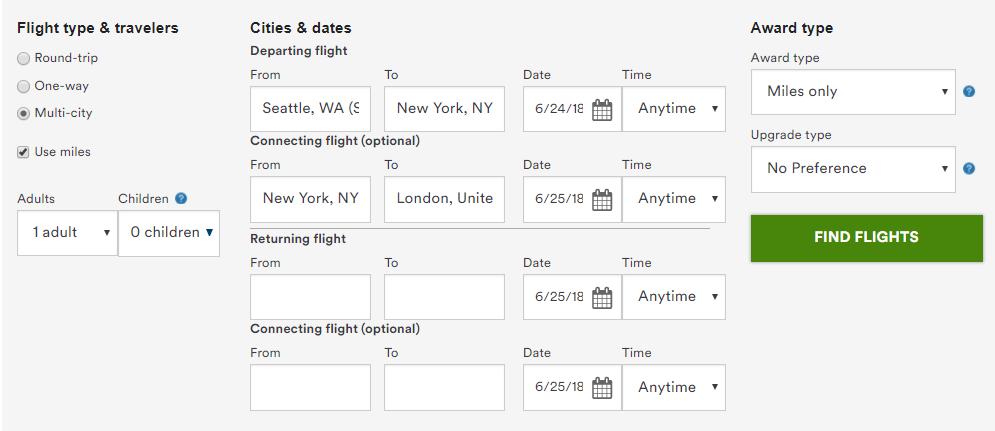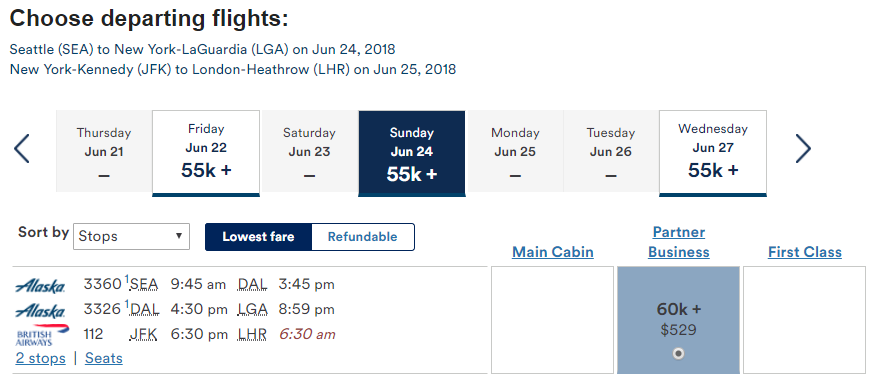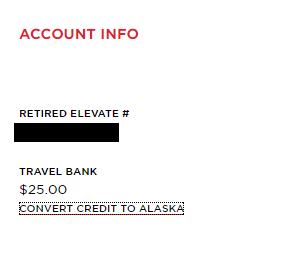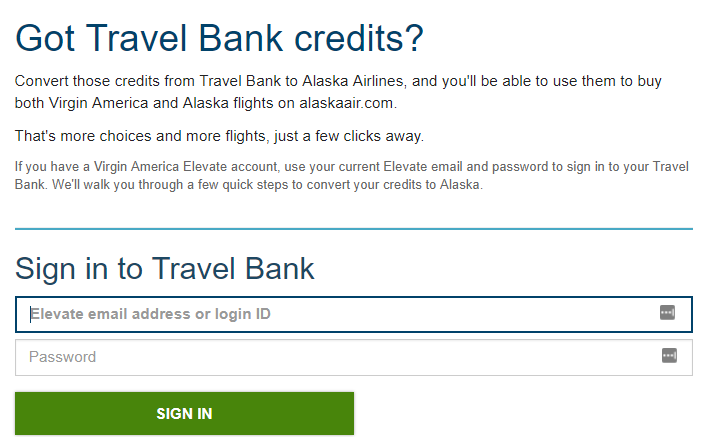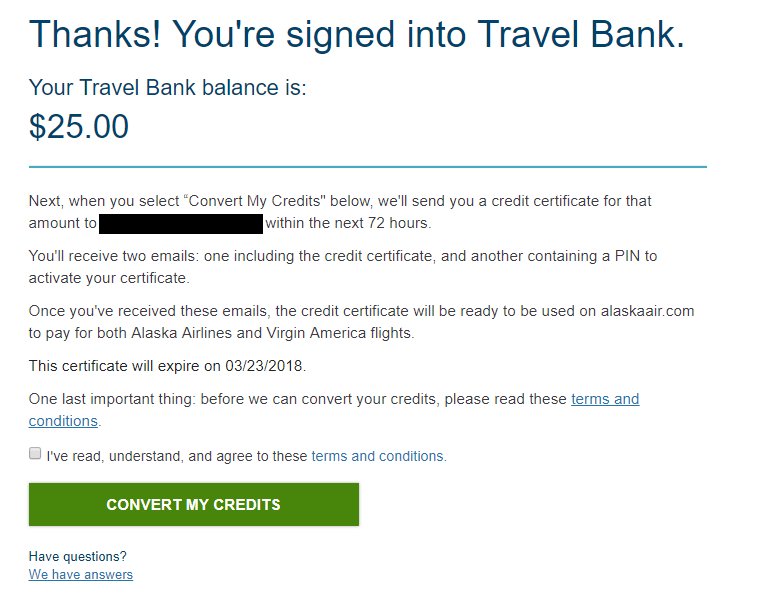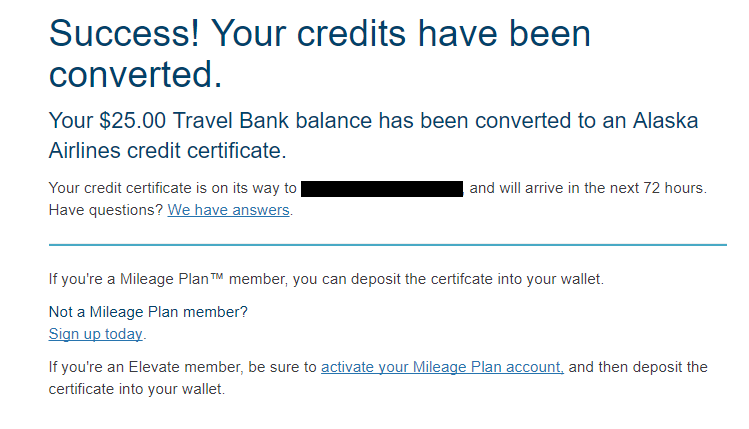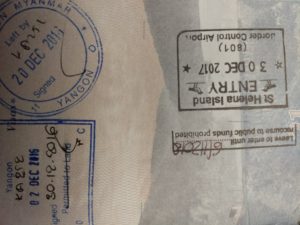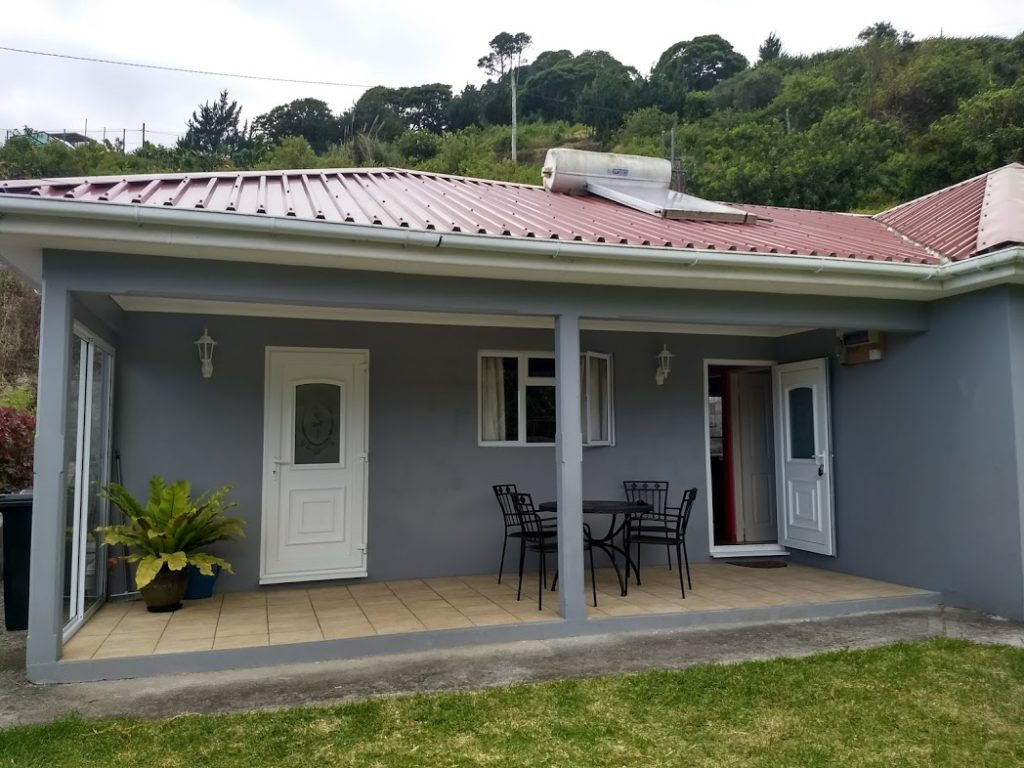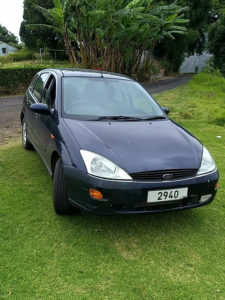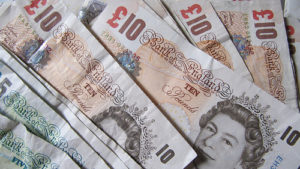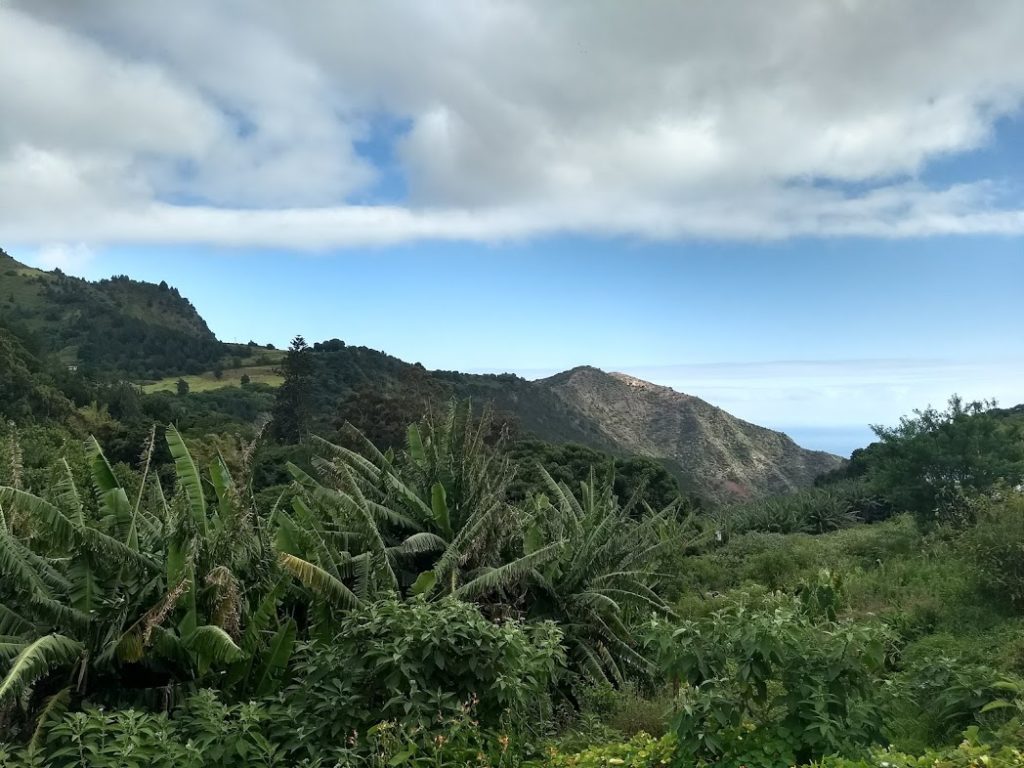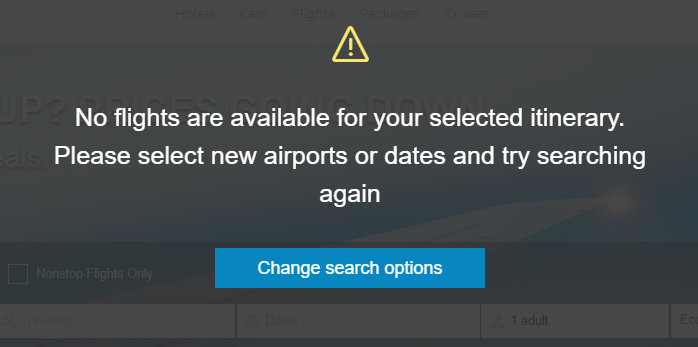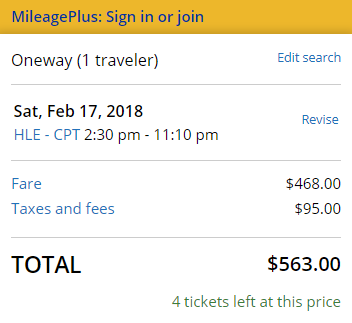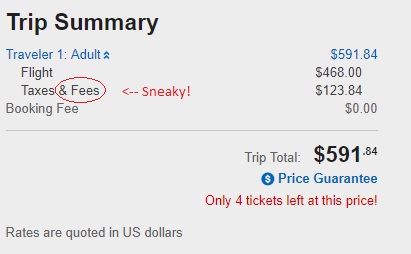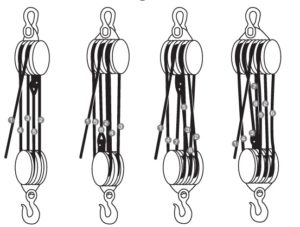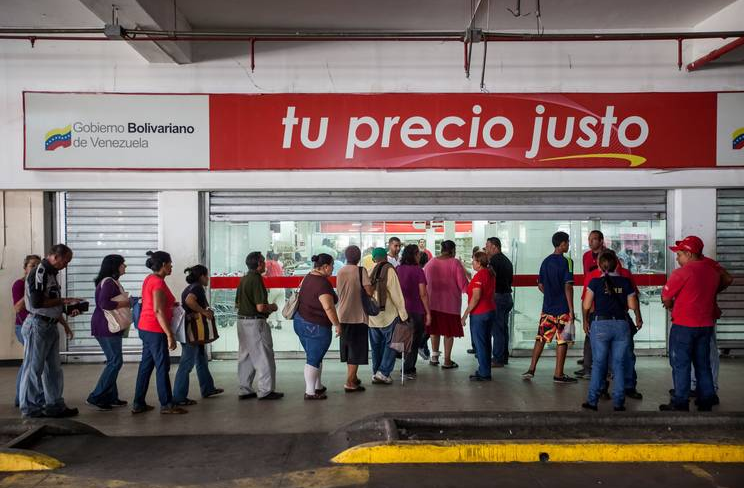Probably the last review you’d ever expect to read on Seat 31B is a review of Cathay Pacific first class. However, for the trip I booked to South Africa and St. Helena, the deal was just too good to pass up. I wrote more about how I found and booked the flight here.
Sea-Tac Airport was far less busy than I expected on the day after Christmas. My first flight on the itinerary was with Alaska Airlines so I checked in with them. Although I brought two bags with me, I only checked one of them because I wanted to change into a fresh pair of clothes in Hong Kong. The Alaska Airlines agent was able to check my bag all the way through to Johannesburg. This is an improvement versus when I flew Alaska and Cathay Pacific last year via Vancouver, when the Alaska agent could only check my bag as far as Vancouver and I had to claim and re-check the bag with Cathay there.
One thing I didn’t notice until I was at the security lane was that for some reason, my known traveler number hadn’t made it onto the reservation. I reserved over the phone and the agent didn’t ask for it, and I guess they didn’t automatically pull from my Alaska file like my reservations normally do. I could have gone back to straighten it out, but the premium lane was actually shorter at Sea-Tac than the precheck lane. I had to argue a bit with the agent that first class passengers are, in fact, entitled to use the premium lane (she turned me away without even looking at my ticket) but when I pressed the issue she let me through.
Alaska Airlines – Seattle Lounge And First Class
My flight was departing from the north satellite so I went to the Alaska lounge, where the agent turned me away, so I again pressed the issue. I had paid for first class, and I was flying in first class. However, when I originally booked, the itinerary was mixed cabin because there was no first class award space on the Alaska flight. Alaska waitlisted me for a first class upgrade (because I had paid for first class), and I had a high position on the upgrade list because I’d technically already paid for first class. So, two days before departure, I was upgraded to first class for the Alaska leg, but because this showed as an *upgrade* versus paid first class, the agent denied me lounge access.
Now, all of this makes complete sense using airline logic, but it didn’t actually make *common* sense. I paid for a first class fare, had a Priority Pass besides, was flying in first class, and I wasn’t allowed access to the lounge because of a technicality. I politely asked the agent whether this made sense, explaining that I’d paid for a first class fare and was flying in first class, and he finally relented and let me into the lounge. I am glad that Alaska gives front-line staff some discretion in stuff like this because kicking me out would have made no logical sense whatsoever even if I wasn’t technically “entitled.”
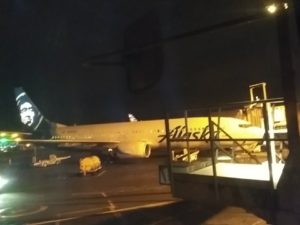
My ride to SFO
The Alaska lounge in the north satellite is simple, functional and crowded. It is designed to be a temporary facility until Alaska builds a new lounge there in a few years. I could see why the front desk agent was so protective of the limited space. I had a bowl of soup in the lounge (Alaska is famous for its soups) and drank some refreshing cucumber water, and before too long it was time for my Alaska flight to San Francisco. Onboard, the flight attendant was senior, professional, and super friendly. Like most of the staff at Alaska it was clear she loved her job and took pride in her work. The catering onboard was the horribly named “protein plate” which is actually a Mediterranean style tapas dish. It was nice and the Bloody Mary I had along with it was properly stiff.
SFO Arrival And Cathay Pacific Lounge
My Alaska flight arrived in Terminal 2 at SFO, and Cathay Pacific departs from the international terminal. This transfer requires leaving the secure area of the airport, taking a train, and re-clearing security. The whole thing takes forever, it’s clunky and terrible, and I really hope Alaska improves the experience if they expect to effectively use SFO as a hub airport. As in Seattle, I was initially denied access to the premium lane until I pointed out that I was flying in first class. I think the reason for this is that premium cabin passengers mostly have precheck now, so they don’t use the premium lane anymore (where regular TSA security procedures apply). So the lane is primarily used by wheelchair passengers. It’s a relatively rare case where someone flying in a premium cabin actually wants to use the premium lane, so agents working these lanes are used to just denying people, probably 99% of whom don’t belong there. And I don’t look the part of someone flying in a premium cabin.
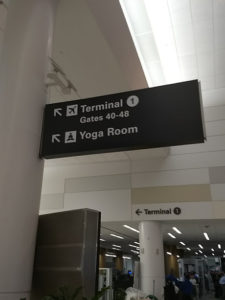
If you can’t get into the lounge, at least there’s a yoga room at SFO!
I cleared security quickly (despite the standard TSA procedures, it was much faster than the precheck lane) and headed to the Cathay Pacific lounge. The agent looked me up and down, and it was clear she also didn’t think I belonged there, but she politely asked to see my ticket. I showed it to her, and she then asked to see my return itinerary from South Africa. I had this printed out as well. After some frowning and scowling and typing, and without saying a word, she handed me new boarding passes on Cathay Pacific stock. “Are we all set?” I asked, and she said “yes.”
The Cathay lounge at San Francisco has two sides, with buffets on each side (a selection of cheap unappetizing Chinese dishes on one side, and equally cheap unappetizing Western snacks on the other), seating, and a ramen bar (which is actually pretty good, with soup made to order). With 4 hours until my flight (which became 5 hours because my flight was delayed), I figured a light snack made sense, so I had some vegetarian ramen noodles (the only non-fish option) and apple juice. I then decided that it would make sense to take a shower, so asked at the front desk. They traded my boarding pass for a key. However, when I went into the shower room, there weren’t any towels, so after tracking someone down (which was surprisingly hard) I eventually found someone to get me a towel. This shower room was at least stocked with a full selection of amenities, so I was able to shave after my shower.
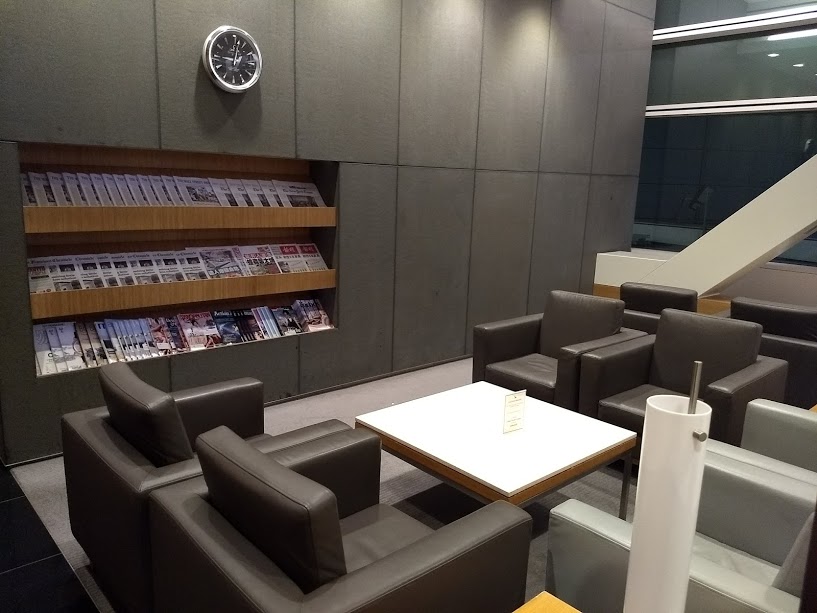
So sterile. The whole place feels like “you don’t belong here”
After taking a shower I was able to get my boarding pass back from the staff, and waited in the lounge until the flight was announced. I ignored the snacks which didn’t look at all appetizing.

I don’t get why people rave about this. It’s cheap food like you get at a Chinese buffet.
So yeah. Was it a better place to spend time than the gate area? Sure. Is it worth all the fawning reviews that Cathay Pacific lounges get? Probably not. Sure, it was nice, but it was a basic lounge.
On Board – Cathay Pacific First Class
It was a long walk from the lounge to the gate. It took some work to get through the crowded gate area to the premium cabin line, but–somewhat to my surprise–nobody tried to stop me from entering it. Instead, the gate agent scanned my boarding pass and said “first door on the left, please” and she even smiled. On board, the flight attendant showed me to my seat (1A), which was immediately adjacent to the door. First class cabins on Cathay Pacific don’t have overhead bins; instead, you put your bag into a compartment that is part of the seat. Unfortunately these are a smaller size than most overhead bins so it took some work to fit my bag inside the compartment. The flight attendant watched me struggle with it but didn’t offer any assistance, and I finally managed with considerable effort to wedge my bag inside.
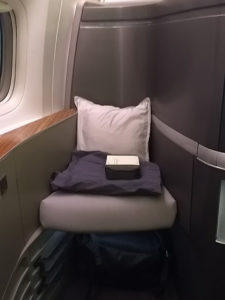
Not the seat. It’s the *extra* seat.
The first class seat itself was enormous. It’s so big it comes with an extra seat. It’s nicely laid out, with fresh flowers. However, the inflight entertainment system is old. It comes with a remote control and the response time is sluggish. Also, although there is seat power, it kept switching itself off when I tried to charge my phone (this was an issue in Cathay business class as well). And to my surprise, there was no onboard WiFi.
Once we were up in the air, the flight attendants almost immediately took our dinner orders. I am allergic to some types of fish so generally avoid fish dishes unless I can control exactly what is in them. Unfortunately this narrowed my selections to Western dishes only and meant that I had to skip part of the meal, because Cathay Pacific seems to put fish in almost everything. The starter (champagne and caviar) was out, but I don’t like caviar and I can’t drink much wine (sulfite allergy) so would have skipped it anyway. I asked if I could have the Chinese pickled vegetables instead that were offered with the Chinese meal, but she was unable to accommodate this.
I did have most of the rest of the dishes and they were good. The starter was a butternut squash soup served with a bread basket.
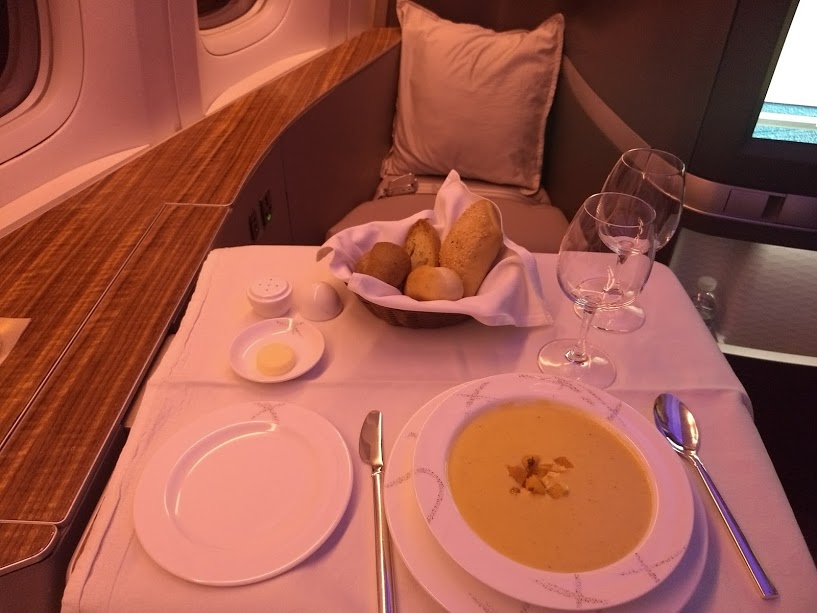
Butternut squash soup with bread basket

Steak with roasted baby vegetables
There were only two non-fish options for the main, and one of them (mushroom ravioli) that I definitely didn’t want, so I let the flight attendant know as soon as possible that I wanted the steak and *only* the steak. Fortunately she was able to accommodate this request. Unlike the last steak I had in Cathay Pacific first class (which was tough and stringy), this one was very good. It was served medium as I requested, was accompanied by a side of roasted vegetables, and was tender and cooked to perfection.

The bread pudding was excellent.
For dessert, I had bread pudding and vanilla ice cream, which was also excellent. I also requested a dram of Scotch whisky. The only single malt on offer was (if I remember right) a Glenmorangie 12, which was acceptable but not exceptional. The most expensive (but not the best) Scotch whisky on the menu was Johnny Walker Blue. The flight attendant asked if I’d like it “on the rocks.” My reply was “of course not!”
After dinner I was stuffed, and I was tired from it being late. I changed into the pair of complimentary pajamas (which are designed by a company called PYE and are supposedly expensive but I think they’re awkward to wear – they have a bunch of buttons) and while I did that, the flight attendant prepared my seat. The seat lies fully flat, and when you’re ready to sleep, the flight attendants set it up for you with a mattress pad so it turns into a bed. A lot of bloggers rave about this and say that it’s as comfortable as their bed at home, etc. I’m assuming that Cathay must have comped them the flight because while it’s OK and certainly beats flying in coach, it’s not *that* comfortable. It’s like lying on a padded bench that has a Costco mattress pad on top of it. Not one of those super fancy memory foam ones, but the cheap kind. The bedding is nice; it’s a duvet. The pillow, however, was surprisingly small.
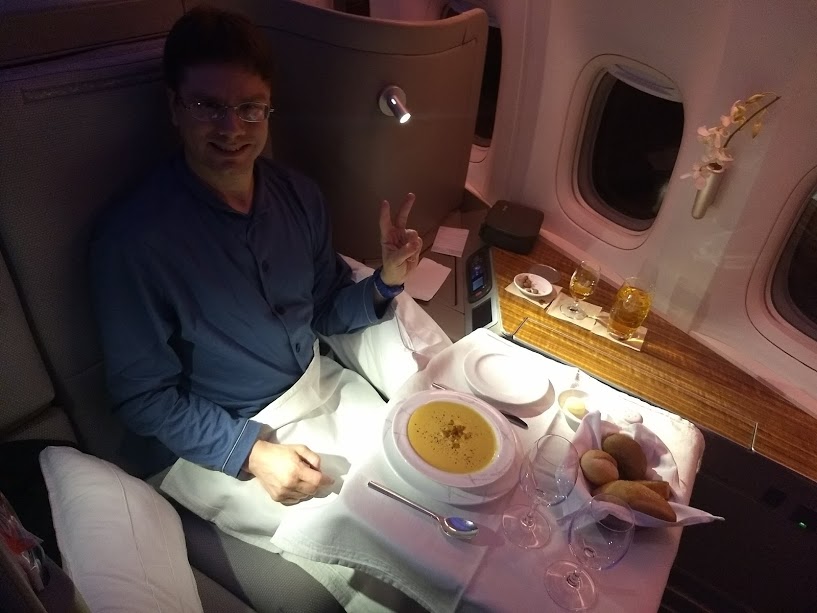
The cat’s pajamas? Best thing since sliced bread? Meh. Nice, but no longer exceptional.
I woke up about 8 hours later, but it was much too early to be up and about. I watched a movie (Dunkirk) since I couldn’t sleep. It was easy to see why–despite one of my good friends working on the special effects–the movie was a box office bomb. There was no Hollywood happy ending. People want a happy ending. This movie was depressing and exhausting but that was good because I needed some extra sleep, so I passed out for another couple of hours. I walked up to the galley and asked the flight attendant to turn the bed into a seat, which she did. Breakfast came about an hour before landing, as I requested; it was scrambled eggs (freshly prepared onboard), fruit, toast (when is the last time you had that on an airplane?) and some other things. They didn’t have brewed coffee, only espresso, but I found this out when I got the “black coffee” I ordered (it was knock-you-on-your-ass strong espresso). IHOP gives you more for $7 but the quality of everything was good and I didn’t feel like I was still hungry afterwards.
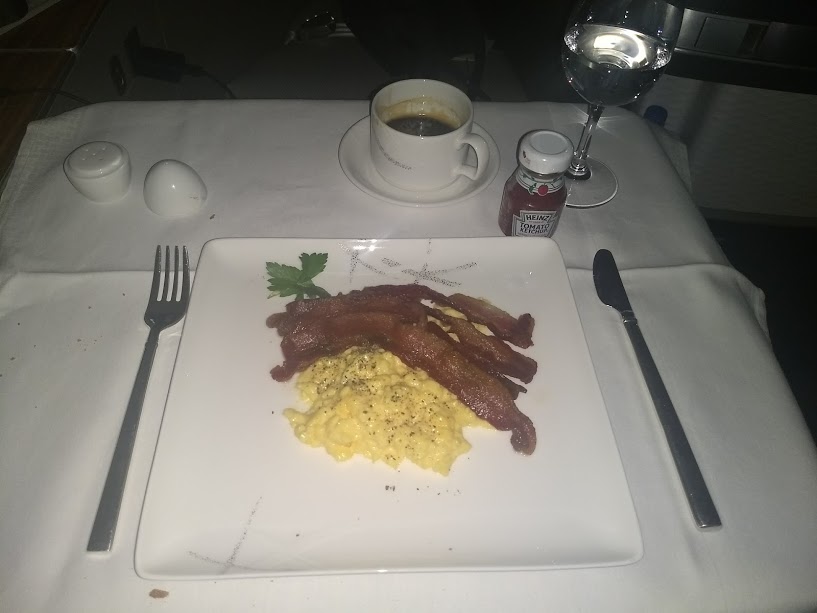
Cathay fresh cooks your breakfast on the plane.
Upon arrival in Hong Kong, the immigration wait was very short (I got right through) and I visited the Cathay Pacific arrivals lounge. The front desk agent was friendly, quick and efficient. I wanted to shower and change clothes. There’s usually a wait to get a shower, but because I was there first, I was able to get right in. The shower room had a towel this time, but no razor and shaving cream. I fortunately had my bag with me so dug these out, and after my shower I got into a fresh change of clothes. If you have a long layover in the arrivals lounge Cathay Pacific will store your bag for you, so I pulled everything heavy out of my backpack (including electronics, etc.) and put them into the bag with the pajamas from the flight. The front desk agent put the bag in storage, handing me a claim check, and notified me that, if I’d rather check it now, I could check in my bag upstairs onward to Johannesburg if I wanted. I had some more coffee, juice and a breakfast pastry in the lounge and as it got close to 9:00am (bank opening time), I made my way upstairs. It was fast and easy to check my bag onward to Johannesburg and I went out into Hong Kong to buy some UK pounds, do some shopping, and have a business dinner. However, when I checked in my bag, the agent had to take all of the same information about my return flight as the lounge agent in San Francisco had. The first agent must have entered it incorrectly and it was annoying having to provide all of the same information again.

There are few things I love more than a Hong Kong computer market!
Cathay Pacific – The Wing First Class Lounge
I arrived back at the airport about 3 hours before my flight, retrieved my stuff from the arrivals lounge with no issues, and got right through security and immigration. This was in the regular line, not any sort of premium or VIP line. Hong Kong is just that efficient–the airport is exceptionally well-run. I headed to The Wing, which is the Cathay Pacific first class lounge. I had been in this lounge before (last year on my flight back from Myanmar) but on the business class side. When I arrived I was suddenly surrounded by lounge attendants who approached me immediately in a very polite but firm way (they were almost running). Then they looked at my ticket and welcomed me into the lounge.
The first class side is virtually identical to the business class side of the lounge, except that there isn’t a noodle bar and it’s less crowded. It’s honestly nothing special at all. The only thing special about it is who is there. I am pretty sure I saw Elon Musk, but I followed “Hollywood rules” which are that you never engage someone famous, you only respond if they engage you. And guy-who-was-possibly-Elon didn’t engage me so I will never know for sure if that’s who it was.
I took a shower–the first class shower suites are slightly fancier than normal, with a special chute you can stick shirts through to be ironed. They magically get ironed and hung back up in the closet. And the room is slightly larger than the business class lounge. Other than that–I honestly couldn’t believe this: there wasn’t a razor and shaving cream! Cathay Pacific has started doing the same cheapskate thing that the Ramada Inn does, where they don’t stock things in the room and you have to go ask for them at the front desk. Except what am I going to do, walk out there dripping wet with a towel wrapped around me? Or get dressed, go out, ask for the thing I want, and then go back and shave? Instead, I went without shaving, which is exactly what Cathay wanted. I am sure they might have saved up to 75 cents. Oh, and those foot massages everyone raves about? Those aren’t in the first class lounge either. They’re in an entirely different business class lounge. Also, the Scotch whisky served in the first class lounge is blended. And it was offered “on the rocks.” I swear I am not making this up.
There are no pictures here because I didn’t want to make other people in the lounge feel uncomfortable by taking them–but you can find plenty of other pictures online and it was really nothing special. The service isn’t better. The catering isn’t better. The alcohol isn’t higher quality. You don’t even get shower amenities without asking for them. I think the only real reason to sit in a first class Cathay Pacific lounge is if you’re famous and don’t want to be around ordinary people. And just like the SFO lounge, it was just totally sterile and lifeless.
My connecting flight onward to Johannesburg was in business class because Cathay Pacific doesn’t operate a first class cabin anymore on that route. I’m going to leave off here because that was the end of the “first class” experience and write another review of the business class flight.
Cathay First? Meh.
You have probably picked up by now that I’m not giddily raving about the experience like most bloggers do. Sure, it was nice, and definitely beat sitting in the back, and it was still a pretty good value for the 70,000 miles and $70 or so that I spent. However, if I’d paid cash for this flight, it would have cost almost $25,000. This is about 4 times what a paid business class fare would have cost. It was more than 10 times what a premium economy class ticket would have cost. Was it worth that much? Not even close! The service and attention to detail simply wasn’t there. For that much money, I expect at least the level of amenities that I can get at a Holiday Inn Express without having to fight for them. I expect some Chinese pickled vegetables if I want them (come on, Cathay, this is a pretty common Chinese snack and it’s certainly not expensive). I expect a proper, fine, 18 year old Islay Scotch whisky on the beverage menu–or something equally special–and I certainly don’t expect to have it offered to me “on the rocks.” I mean, who does that?
I also expect at least the level of care and attention that I get in first class on an Alaska flight, where a single flight attendant is looking after up to 16 passengers versus the two flight attendants looking after 6 passengers on a Cathay flight. The crew on the flight was professional, but when I wanted water, I had to go looking for them. After the third time I walked to the galley and asked for a bottle of water, you’d think they’d have figured out where I was keeping my water bottle and made sure I always had a full one (I drink a lot of water on planes because of the dry air). I mean, China Eastern literally did a better job of keeping me hydrated in economy class. They came around with water, I didn’t even have to go ask for it.
Wrap-up
So, should you fly Cathay Pacific in first class? On the Alaska award chart, it can still make sense. It’s only incrementally more expensive than business class, so if it’s available, go for it! However, on the American, Avios or Asia Miles award chart, or *especially* if you’re paying cash, it’s just silly. First class is slightly better than business class in some respects, but actually worse in others (I’ll take a fancy lounge with a noodle bar and foot massages over a stuffy lounge with bad whisky and Elon Musk in it, and I’ll take an overhead bin that can fit my bag over having to manhandle my bag into a tight space). And I expect at least the level of beverage service that I’d get in economy class. Ultimately, these are all “first world problems” but when you’re paying as much for a flight as most cars cost, it’s completely reasonable to expect an exceptional experience. And I just didn’t get that.

